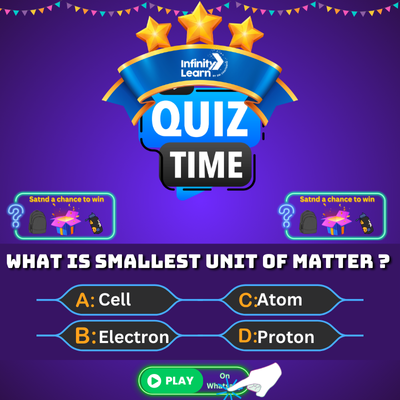Introduction the mechanism of SN2 Reaction The SN2 reaction is a type of nucleophilic substitution reaction. In this reaction, a […]
Uncategorized
Iodoform – History, Characteristics, Structure, Uses and Reaction
What is Iodoform? Iodoform – History: Iodoform is a yellowish-green solid that is used as a disinfectant and antiseptic. It […]
Perkin Reaction Mechanism – Detailed Explanation, Applications, and FAQs
About Organic Chemistry Organic chemistry is the study of carbon-containing compounds. These compounds can be very simple, like methane (CH4), […]
Coal – Types, Uses and Formation
What is Coal? Coal is a combustible black or brownish-black sedimentary rock, formed as a result of the compaction and […]
Sodium Oxide – Properties, Uses, Structure, Preparation and FAQs
Sodium Oxide Sodium Oxide – Properties: Sodium oxide is a white, odorless solid that is very soluble in water. It […]
Atomic Mass of Elements – Table of Atomic Mass of First 30 Elements
Atomic Mass of Elements The atomic mass is the mass of an atom of that element relative to the mass […]
Synthesis of Ethers – Formation, Preparation, Properties and Facts
Formation of Ether ; The formation of ether begins with the combination of two molecules of ethanol. This creates an […]
Complex Carbohydrates – Types and Myths
complex-carbohydrates Complex carbohydrates, also known as polysaccharides, are long chains of sugar molecules. They are found in plant foods such […]
Electron Affinity – Definition, Factors Affecting, Electronic Configuration
What is Electron Affinity? Electron Affinity – Definition: Electron affinity is the measure of how much an atom or molecule […]
Organic Uses of Sodium and Potassium – Function, Uses and Solved Example
Importance of Sodium-Potassium ; Solved Example ; Importance of Sodium-Potassium The importance of sodium-potassium is primarily due to the fact […]


